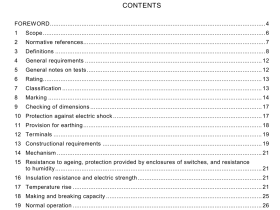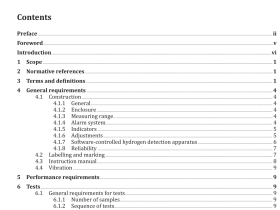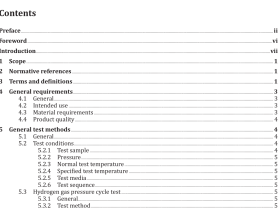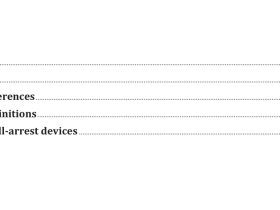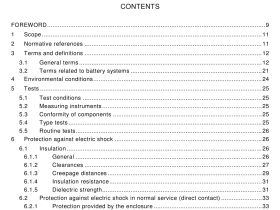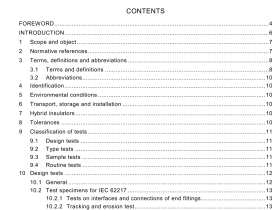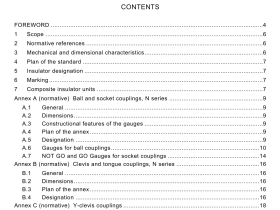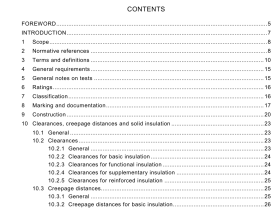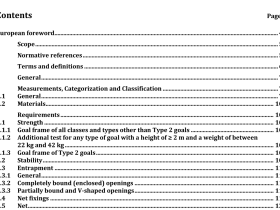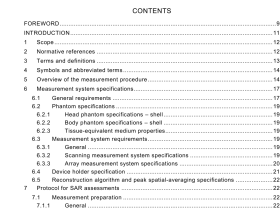AS 2341.26 pdf download
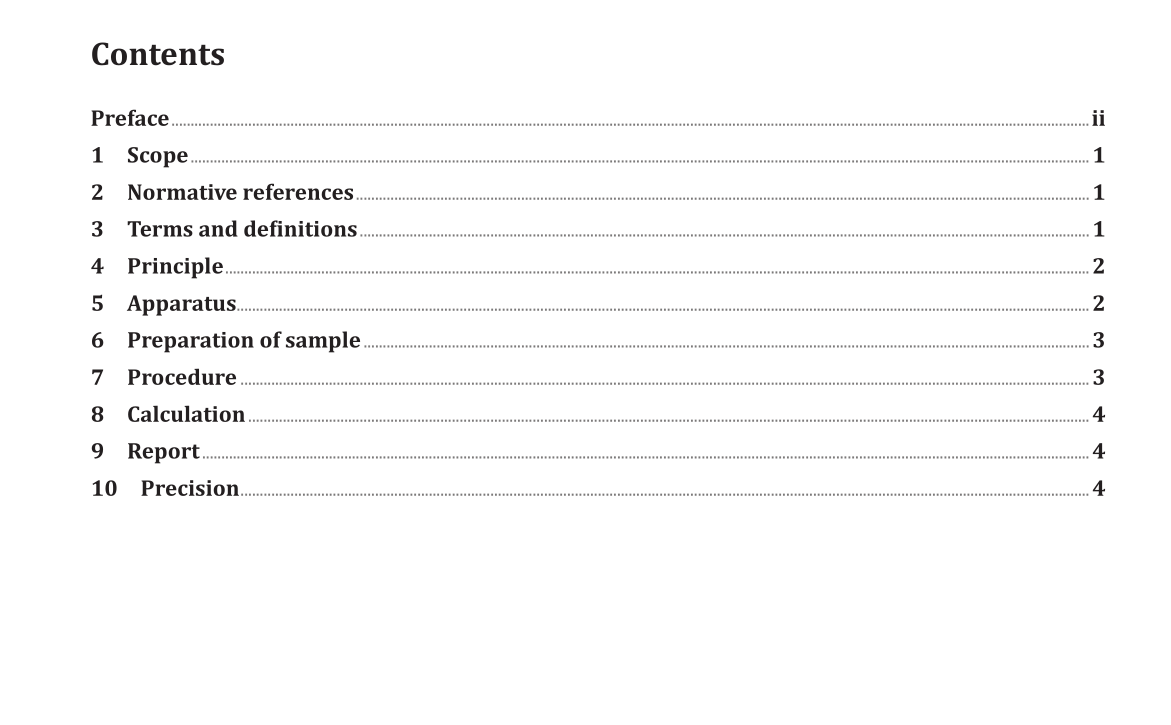
AS 2341.26 pdf download.Methods of testing bitumen and related roadmaking products
1 Scope
This document sets out a method for determining the quantity of coarse particles in a bituminous emulsion sample that is retained on a specified sieve. It is applicable for use with conventional bituminous emulsions, high binder content bituminous emulsions and polymer modified bituminous emulsions that have sieve residue results of less than or equal to 1 %. WARNING — THE USE OF THIS STANDARD MAY INVOLVE HAZARDOUS MATERIALS, OPERATIONS AND EQUIPMENT. THIS STANDARD DOES NOT PURPORT TO ADDRESS ALL OF THE SAFETY ISSUES ASSOCIATED WITH ITS USE. IT IS THE RESPONSIBILITY OF THE USER OF THIS STANDARD TO ESTABLISH APPROPRIATE SAFETY AND HEALTH PRACTICES, AND TO DETERMINE THE APPLICABILITY OF REGULATORY LIMITATIONS PRIOR TO USE.
3 Terms and definitions
For the purposes of this document, the terms and definitions in AS/NZS 2341.1 and the following apply. 3.1 bituminous binder binder predominantly comprised of bitumen 3.2 bituminous emulsion dispersion of one liquid within another where the dispersed phase is usually a bituminous binder and the continuous phase is usually water 3.2.1 anionic bituminous emulsion type of bituminous emulsion in which the bituminous binder particles are negatively charged 3.2.2 cationic bituminous emulsion type of bituminous emulsion in which the bituminous binder particles are positively charged 3.2.3 conventional bituminous emulsion bituminous emulsion in which the percentage by mass of the bituminous binder in the emulsion is of the order of 60 % or below 3.2.4 high binder content bituminous emulsion bituminous emulsion in which the percentage by mass of the bituminous binder in the emulsion is significantly greater than 60 % 3.2.5 polymer modified bituminous emulsion bituminous emulsion which contains a synthetic polymer or natural latex Note 1 to entry: These can be produced either by emulsifying a previously manufactured polymer modified binder, or adding emulsified latex to the bituminous emulsion during emulsion manufacture. 3.3 may indicates the existence of an option 3.4 shall indicates that a statement is mandatory 3.5 should indicates a recommendation
5 Apparatus
The following apparatus is required: (a) Balance — A balance of at least 200 g capacity, readable to 0.001 g, with a limit of performance not exceeding 0.003 g. (b) Sieve — A sieve, conforming with ISO 3310‑1, fitted with a wire mesh having an aperture of either 150 μm or 710 μm. The frame of the sieve should be about 100 mm diameter and 40 mm deep. NOTE 1 A 710 μm sieve should be used if a high binder content bituminous emulsion or a polymer modified bituminous emulsion is tested. (c) Sieve tray — Watch glass, or circular metal dish with raised edges, with a diameter larger than the diameter of the sieve used in the test. The sieve tray should be of sufficient size so that the sieve can be placed stably on the sieve tray. The sieve tray should also be of suitable size so that it can be placed on the balance and weighed. (d) Container — Glass conical flask or beaker, or a plastic disposable cup, of suitable size to weigh the bituminous emulsion sample prior to passing it through the sieve. (e) Surfactant solution — An aqueous solution of surfactant compatible with the emulsion. NOTE 2 If available from the supplier, the surfactant solution that was used to produce the emulsion should be used in the test. If such a solution is not available, then an aqueous solution containing 1 % w/w of cetrimide (a mixture of alkyltrimethylammonium bromides) in 0.1 mol/L HCl has been found to be suitable for testing cationic bituminous emulsions. An aqueous solution containing a suitable anionic surfactant has been found to be suitable for testing anionic bituminous emulsions. (f) Plastic wash bottle — A wash bottle to store the surfactant solution.
